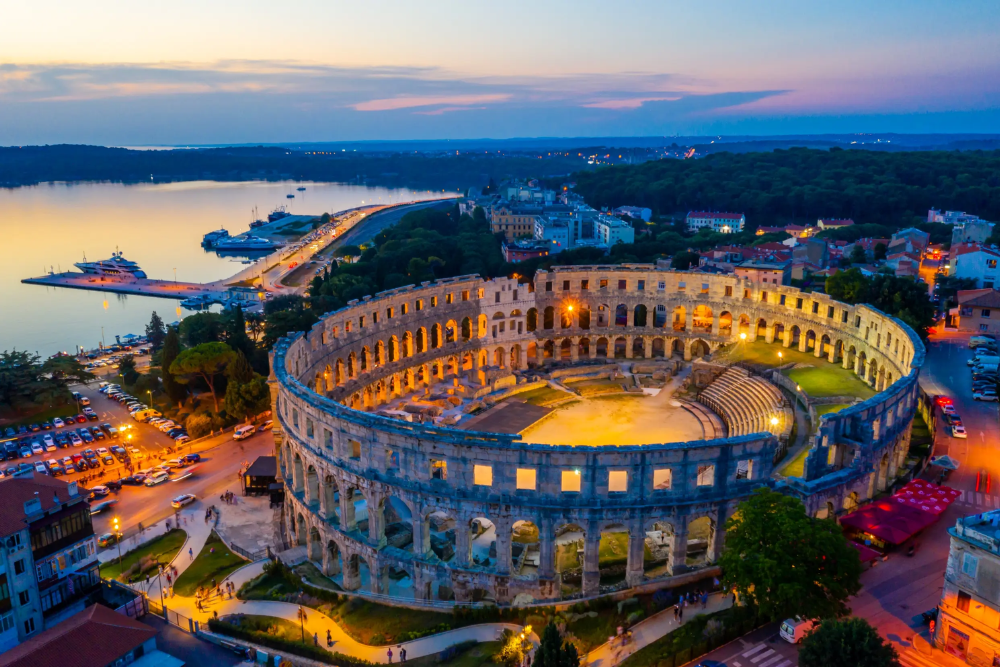Introduction
Pula is a memorable waterfront town situated in the southern piece of Croatia, on the Istrian Landmass. Known for its rich history, dazzling engineering, and wonderful normal environmental elements, Pula is one of the most famous vacationer locations in the area. The town has a profound Roman legacy, with various very much protected old designs, like the Pula Field, quite possibly of the best-saved Roman amphitheater on the planet. Pula additionally flaunts enchanting middle age roads, beautiful sea shores, and dynamic social life. Its interesting mix of history, culture, and beach front magnificence makes it an entrancing objective for guests from around the globe.
Pula Field
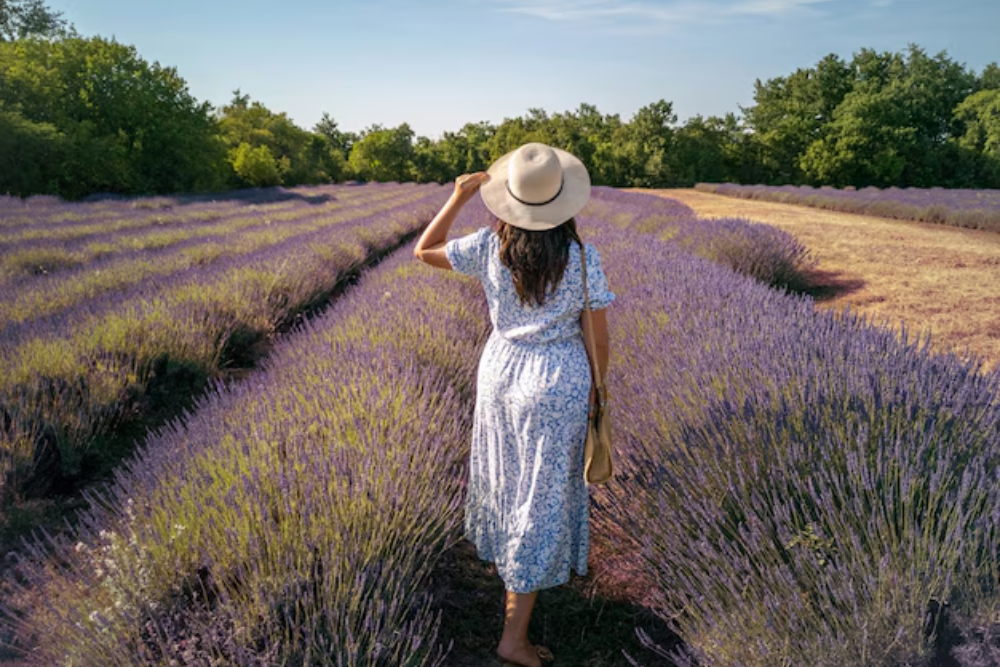
- Perhaps of the most famous milestone in Pula, the Pula Field is a very much saved Roman amphitheater that once facilitated warrior games and other public displays. Guests can investigate the old design, move to its upper levels for all encompassing perspectives, and even go to occasions like shows or film screenings held in this noteworthy setting.
Kayaking and Swimming at Kamenjak Public Park
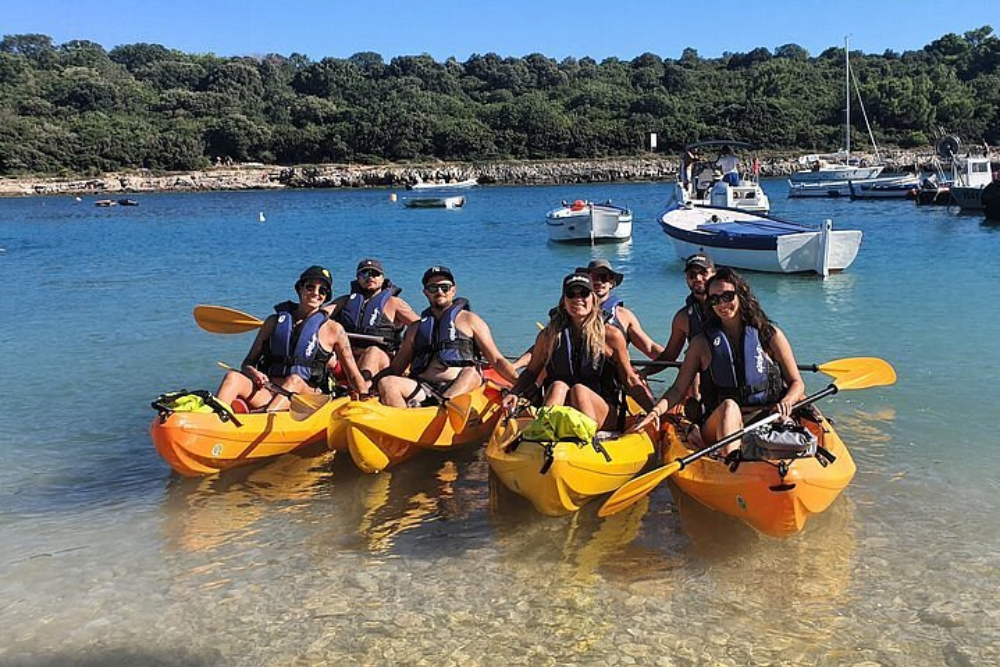
- Simply a short drive from Pula, Kamenjak Public Park is a staggering nature hold highlighting completely clear waters, stowed away inlets, and emotional precipices. Kayaking around its shoreline is an outright exhilarating method for investigating the region, and for submerged fans, swimming offers an opportunity to find the rich marine life in the Adriatic Ocean.
Cycling along the Parenzana Trail
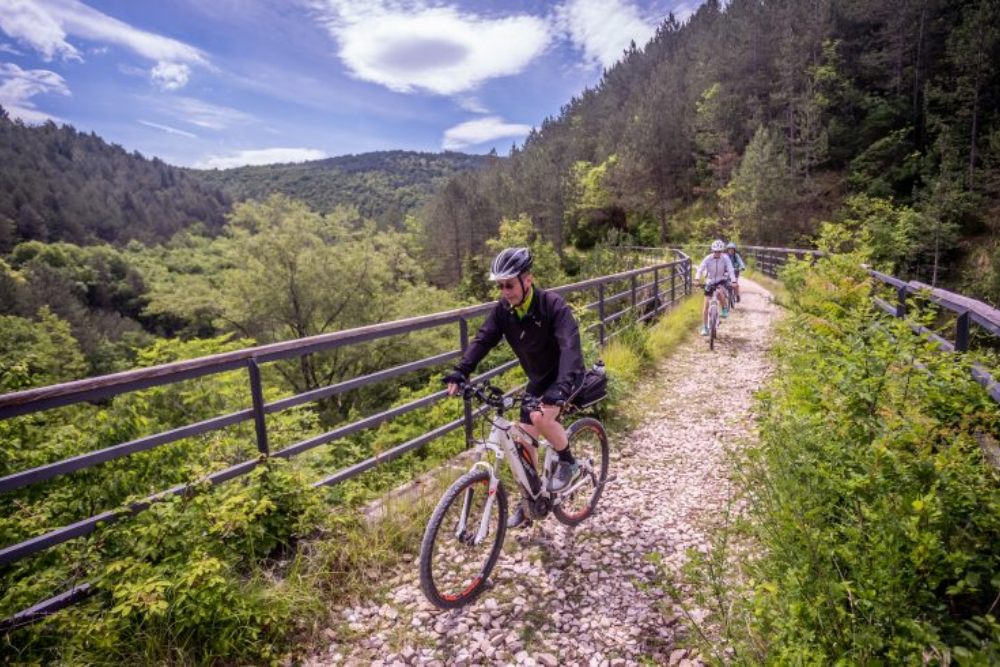
- The Parenzana, a previous railroad line, has been changed over into a picturesque pushing trail that stretches through Pula and then some. This experience permits cyclists to ride through grape plantations, olive forests, and beautiful open country, with valuable chances to stop at enchanting towns en route.
Boat Outing to the Brijuni Islands
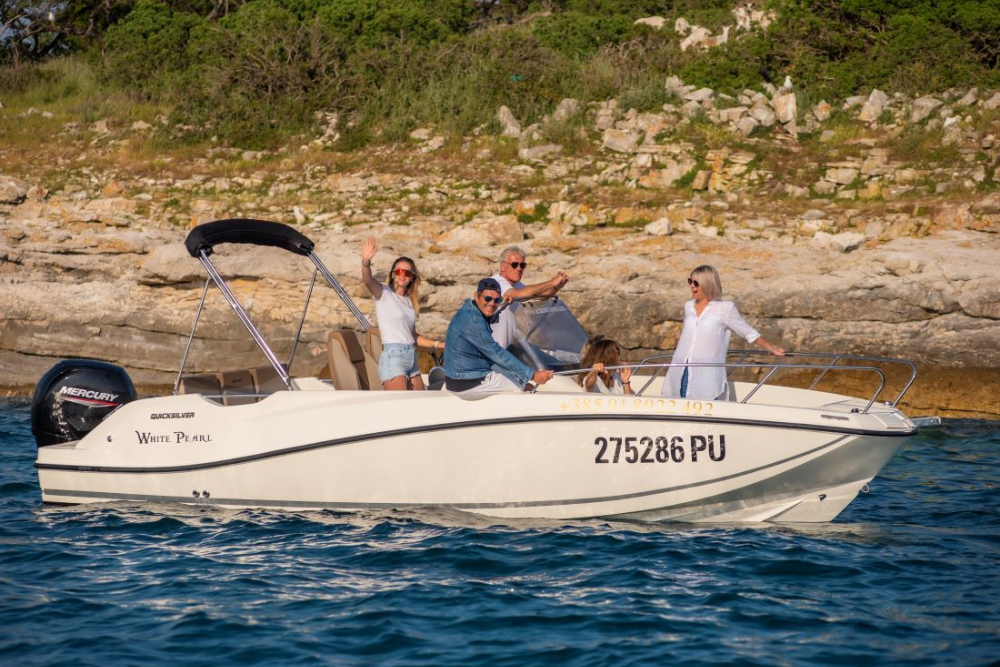
- A short boat ride from Pula takes you to the Brijuni Islands, a gathering of 14 islands that are currently a public park. You can investigate the islands by boat or bicycle, visit the Roman demolishes, and even spot extraordinary natural life like zebras, which were brought to the island previously. The lavish, pristine excellence of the Brijuni Islands is ideal for nature darlings and swashbucklers.
Buckling at the Pazin Cavern
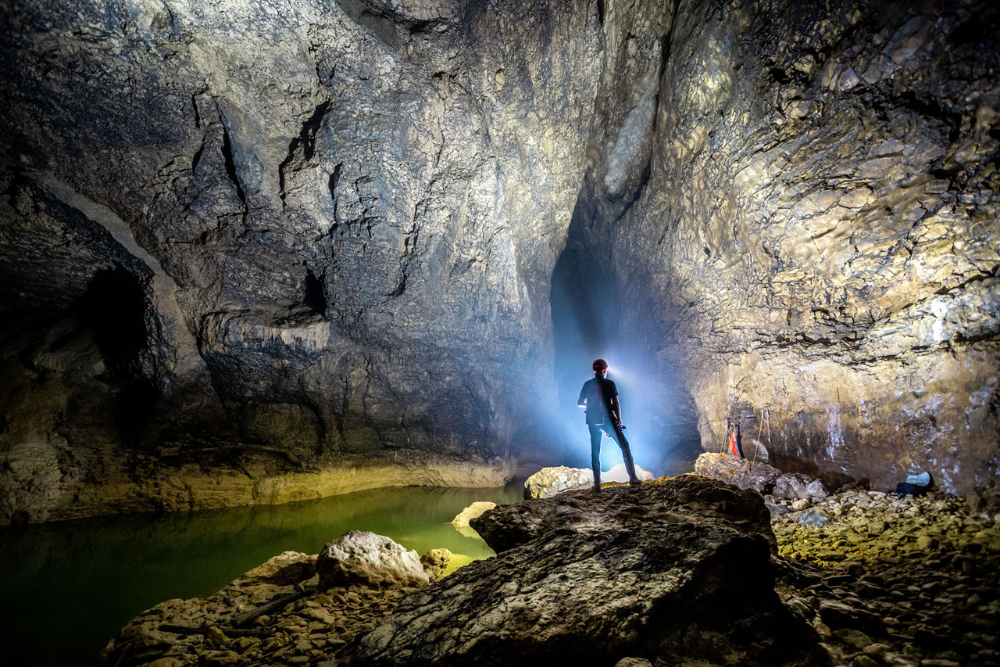
- For an underground experience, make a beeline for Pazin Cavern, situated close to a short ways from Pula. This noteworthy cavern framework lies close to the Pazin Palace and is cut by the Pazinčica Waterway. Investigating the cavern’s profundities is an interesting encounter for the people who appreciate spelunking and encountering the secrets of the underground world.
Brijuni Islands Public Park
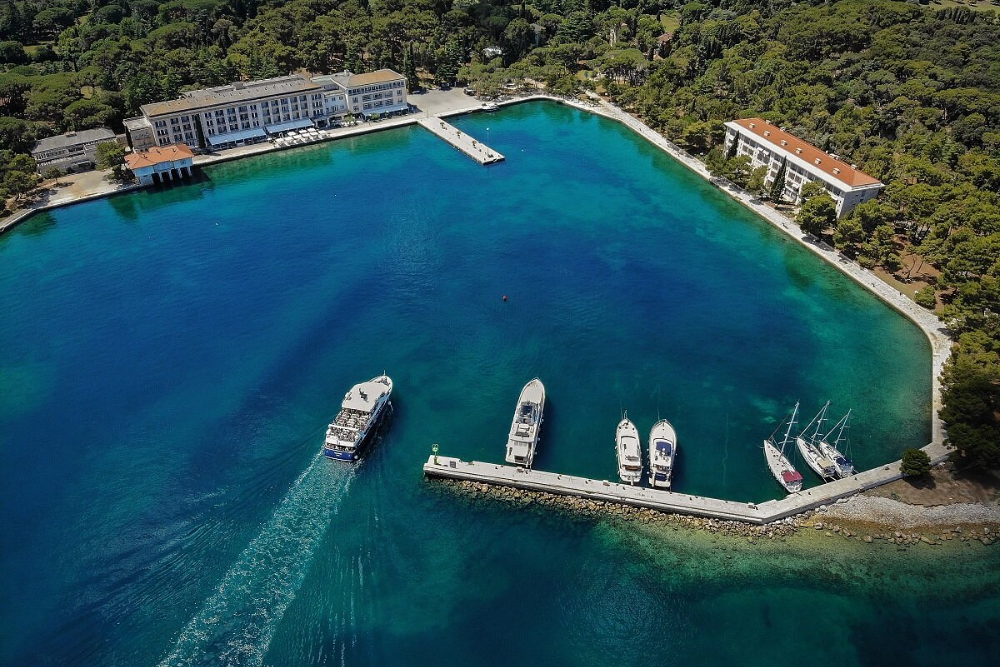
- A short boat ride from Pula, the Brijuni Islands are a gathering of 14 islands known for their staggering normal magnificence and verifiable importance. You can investigate the islands by bicycle or boat, visit old Roman destroys, and find colorful untamed life, including the well known zebras. The islands likewise have a rich social history, once being a most loved retreat for Yugoslavian President Tito.
Sanctuary of Augustus
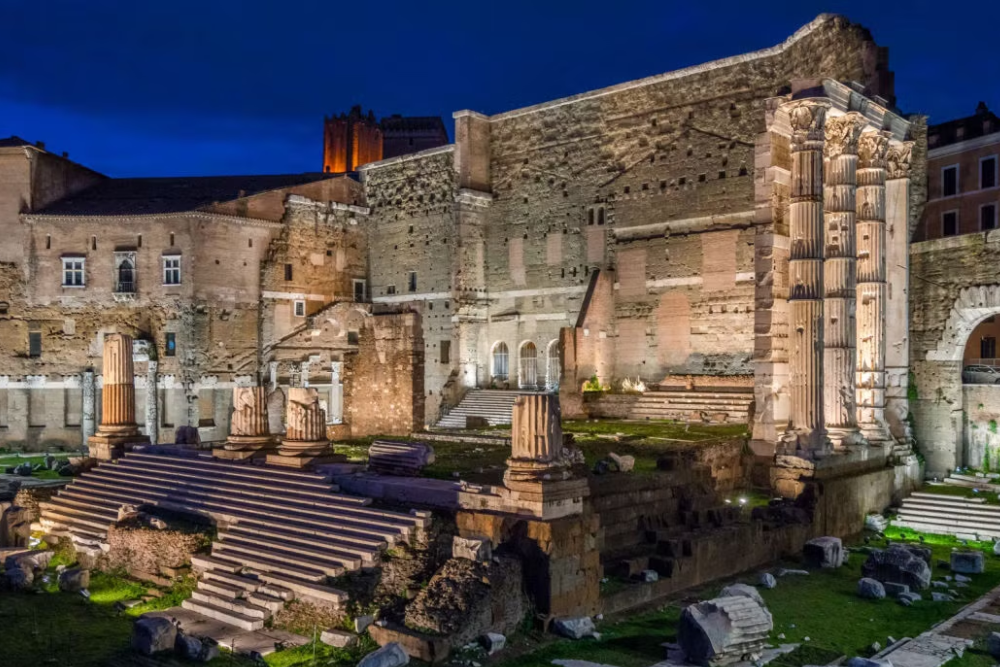
- Situated in the core of Pula’s Old Town, the Sanctuary of Augustus is a lovely Roman sanctuary committed to the principal ruler of Rome. Its strikingly very much protected design offers a brief look into Pula’s Roman past. The sanctuary is set in a beautiful square, encompassed by bistros and shops, making it an optimal spot to partake in the town’s climate.
Dos and Don’ts in Pula
Dos
Do regard nearby history and legacy: Pula is wealthy in authentic milestones, like the Pula Field and the Sanctuary of Augustus. While visiting these destinations, be aware of their authentic importance, try not to contact fragile antiquities, and keep any guidelines or rules gave.
Do attempt nearby Istrian cooking: Pula is situated in the Istrian district, which is well known for its culinary enjoyments. Make certain to test neighborhood dishes like truffles, Istrian prosciutto (pršut), and fish. Match your dinner with a glass of nearby wine, like Malvazija.
Do utilize sunscreen and remain hydrated: Pula has a Mediterranean environment with a lot of daylight, particularly throughout the late spring months. Make certain to shield your skin from the sun and drink a lot of water to remain hydrated while investigating.
Don’ts
Don’t contact or harm antiquated landmarks: As a city with a rich Roman history, a large number of Pula’s tourist spots are millennia old. Try not to contact or jumping on verifiable locales like the Pula Field, as it can make harm the landmarks and is generally denied.
Remember to tip: In Croatia, tipping is standard yet not required. It’s not unexpected to leave a 10% tip in cafés or bistros, however don’t feel constrained to leave an enormous tip in the event that the help was not good.
Don’t take part in clearly or problematic way of behaving: While Pula is a traveler accommodating city, forever be aware of neighborhood customs and regard the harmony and calm of others, especially in local locations or while visiting holy destinations.
Best time to reach in Pula
The best chance to visit Pula relies upon your inclinations for climate, exercises, and group levels. Here is a breakdown of the various seasons:
1. Pre-summer (May to June)
- The temperatures are gentle and charming, commonly going from 15°C to 25°C (59°F to 77°F).
- This is the beginning of the vacationer season, so while there are guests, it’s not stuffed.
- The weather conditions is ideally suited for outside investigation, including visits to the Pula Field, the Brijuni Islands, or cycling in Kamenjak Public Park. It’s likewise an extraordinary opportunity to partake in the nearby food celebrations and wine visits.
2. Summer (July to August)
- Ocean side darlings, dynamic celebrations, and vivacious environment.
- Anticipate blistering climate, with temperatures coming to 30°C (86°F) or more, particularly in July and August. The ocean is warm and ideal for swimming.
- This is the pinnacle vacationer season, so anticipate more groups and greater costs, particularly in famous regions.
3. Late-summer (September to October)
- Warm climate, less sightseers, and extraordinary arrangements.
- Temperatures stay warm toward the beginning of September (around 20°C to 25°C or 68°F to 77°F) and cool somewhat in October.
- This is shoulder season, so the groups begin to disperse while the weather conditions is as yet charming.
4. Winter (November to Spring)
- Calm investigation, low costs, and keeping away from the groups.
- Winter in Pula is gentle contrasted with numerous other European objections, with temperatures going from 5°C to 15°C (41°F to 59°F). Nonetheless, it tends to be blustery and breezy.
- This is the low season, so you’ll find less vacationers and lower costs for convenience and attractions.



